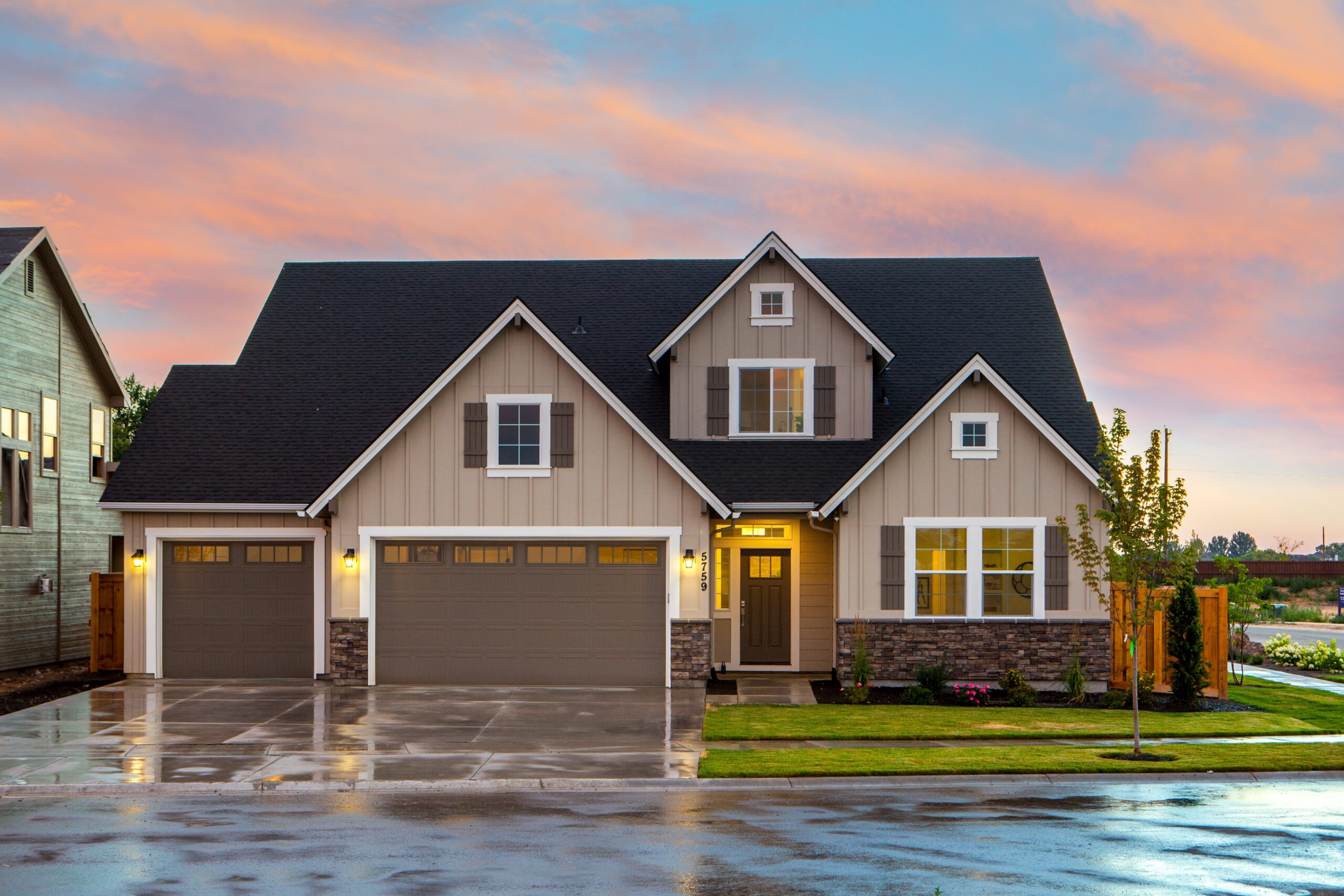Converting the loft in your home to create some extra space is a great alternative to moving to a larger property, particularly if you love where you live and don’t want the hassle and expense of relocating. But, it’s a project that does require a lot of planning, and permission must first be granted before any type of loft conversion can go ahead.
If you want to carry out a project like this with the help of an experienced company like LMB Loft Conversions, while you must seek the necessary permissions before doing so, you must firstly decide upon which type of loft conversion would best suit your home, and your needs.
Your choice might boil down to pure aesthetics, or you may find that due to the type of roof your home has, your conversion options are somewhat limited. To help you find the right type of loft conversion for your particular home, here’s a brief rundown of the different types:
Dormer
Found in homes throughout the UK, this popular type of loft conversion suits the majority of homes, and gives an additional room under the sloping roof. More affordable than some other options, dormer loft conversions are highly effective, and relatively quick and simple to construct.
Flat roof dormer
With minor modifications to the roof and the addition of proper flooring, flat roof dormer loft conversions are also extremely popular among homeowners seeking to create some extra space without spending a fortune.
Pitched roof dormer
While they afford less space overall, these conversions often complement a home’s aesthetic, and can help prevent rain or snow piling up on the roof.
Hip to gable
Giving more headroom and floor space, these conversions are installed on the side of a roof, and can be seen as dormers, but in a different position. By combining this type of conversion with a dormer conversion, multiple rooms can be created.
Mansard
Straight or slanted, a mansard conversion extends the whole roof to create more space in the loft, and while they are large and costly, they are ideal for families wanting to create a lot more space.
Internal
This type of full conversion is the most rudimentary and involves the least construction work (windows may be added and sometimes a new staircase or new interior vertical wall); they usually don’t require planning permission either.
VELUX
Low-budget and simple to carry out, this basic type of loft conversion involves the addition of windows, sometimes a new floor, and some minor adjustments to create a usable space.
Roof light
Similar to VELUX loft conversions except a skylight is added instead of windows, this type of conversion is perfect if you don’t want to make any adjustments to the roof, and simply want to create some natural light to make the space more usable.
Wrap around
Wrapping around the entire exterior of the roof, this conversion type is big and bold, and not for anyone with a small budget. Think of this type of conversion as adding a whole new floor to your home; which with your growing needs, might be just the job.
Modular
In this conversion type, a new loft is separately constructed and added to the property once the roof has been taken off. Not the most common loft conversion in the UK, but one that might be used if the design of a property doesn’t allow for a straightforward conversion to take place.
L shaped
Constructed over an existing extension to the floor, L-shaped loft conversions afford extra space in properties that often need another floor, such as bungalows with an L-shaped floorplan.
South London loft conversions can be extremely valuable and provide homeowners with the space they need to live more comfortably in their existing property. But it’s imperative that you sit down with a professional loft planner and designer to determine what type of conversion would best suit your home and budget, before taking the project forward.

